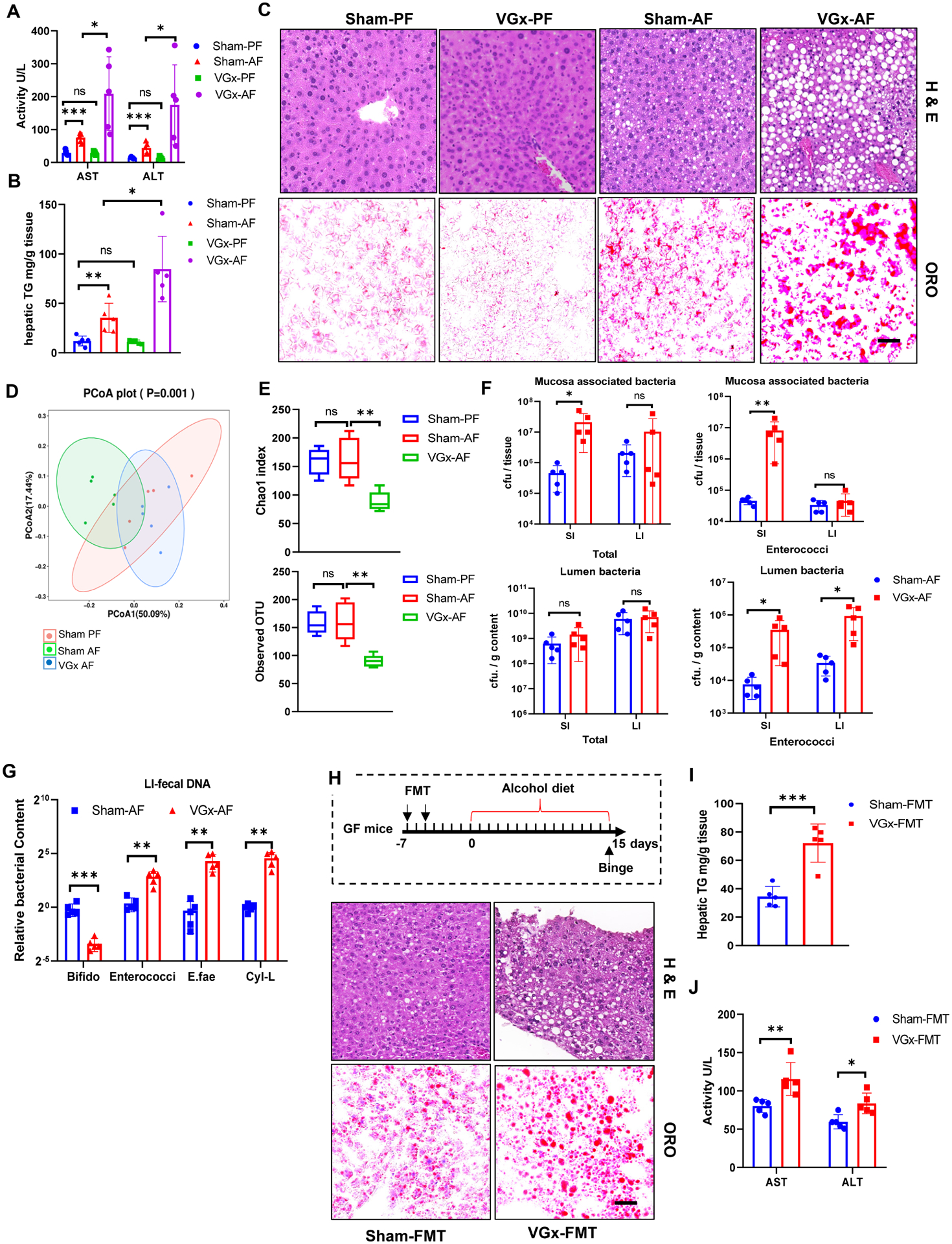Figure 6. Perturbation of vagal afferents promotes ALD via modulating gut microbiota.

Sham mice or VGx mice were fed control or alcohol diet and sacrificed 15 days later. Pair feeding (PF); Alcohol feeding (AF).
(A) Serum ALT and AST.
(B) Hepatic triglycerides (TG).
(C) H&E staining and Oil red O (ORO) staining of liver, scale bar, 50 μm.
Data are from (A-C) three independent experiments performed. n=5, mean ± SEM. *p < 0.05, **p < 0.01, ***p < 0.001, ns not significant.
(D) PCoA analysis of unweighted UniFrac distance based on 16S rRNA sequencing of fecal samples from Sham mice and VGx mice.
(E) Alpha diversity represented by the Chao1 and observed OTU index.
(F) Total bacteria and enterococci cfu in the mucus layer and lumen assessed by plating.
(G) Relative levels of Bifidobacterium, Enterococci, E. faecalis (E.fae) and cytolysin -producing E. faecalis (Cyl-L) in the lumen in alcohol-fed mice assessed by real-time PCR.
(H-J) FMT from VGx mice increase liver damage in the ALD model. (H) The ethanol diet timeline and H&E and Oil red O staining of liver, scale bar, 50 μm. The FMT group was force-fed (black arrows) fresh fecal bacteria twice a week before alcohol feeding. (I) Hepatic triglycerides. (J) Serum ALT and AST. Sham-FMT, recipient transplanted with fecal microbiota from Sham mice with chow diet; VGx-FMT, recipient transplanted with fecal microbiota from VGx mice with chow diet.
Data are from (F-G) 2, (H-J) 3, independent experiments performed. n=5, mean ± SEM. *p < 0.05, **p < 0.01. ***p < 0.001. See also Figures S6 and S7.
